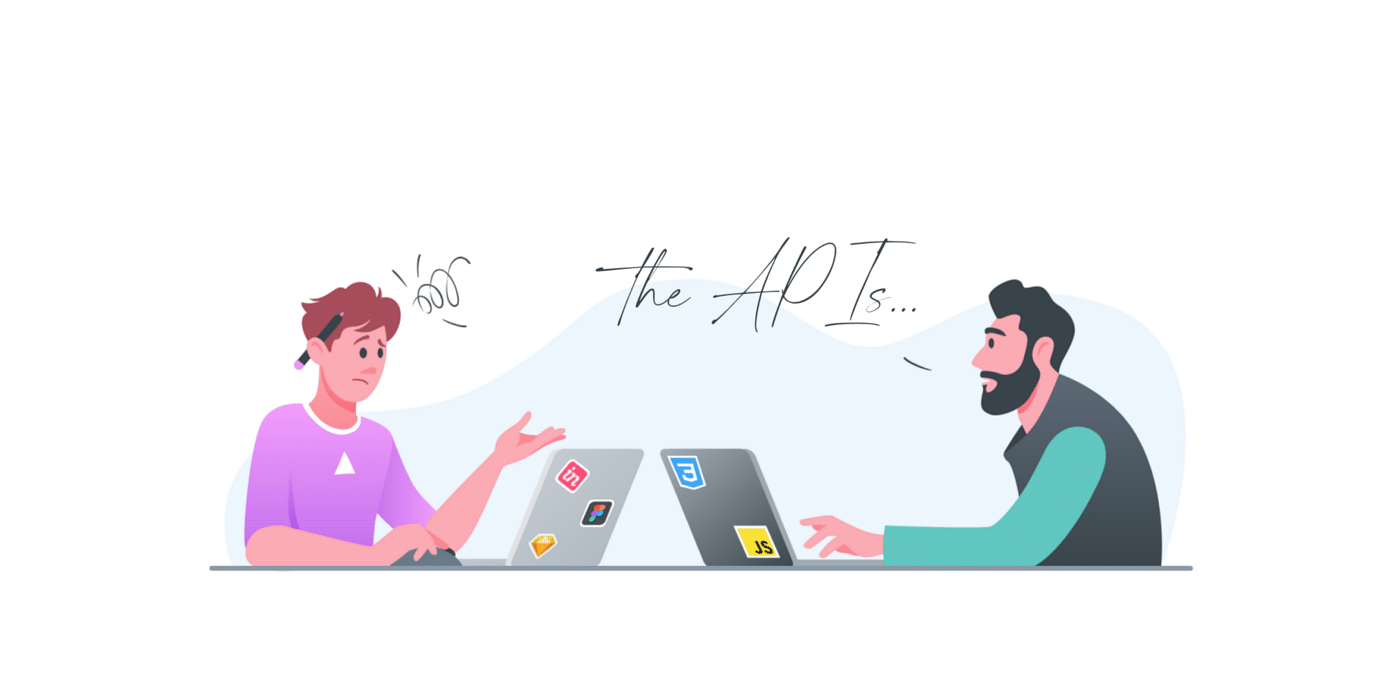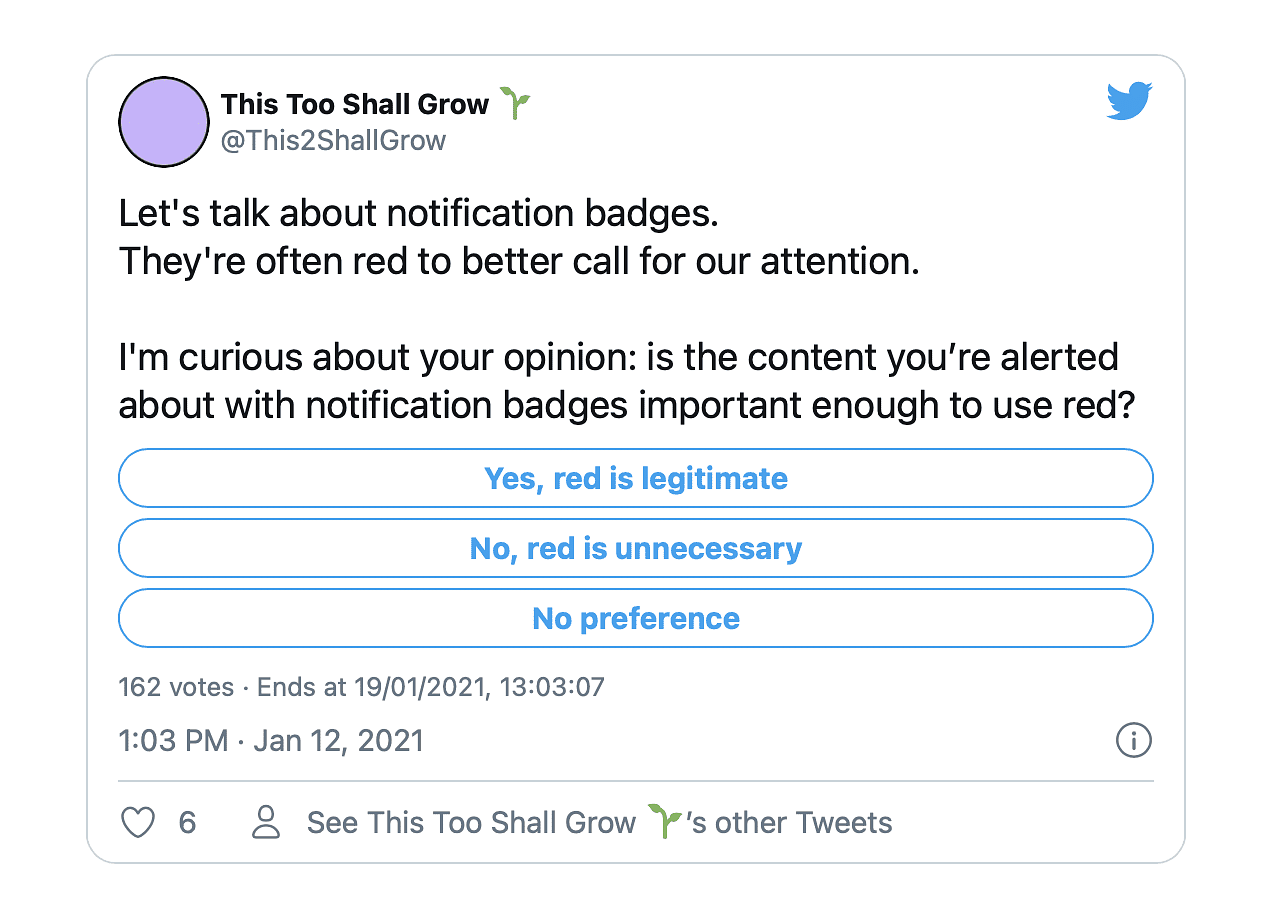Did you ever find yourself in a meeting with engineers, wishing you knew what they’re on about?
In this article, we’ll go through some of the most used phrases by engineers. So, next time around you’re hearing these in a meeting — at the very least, you’ll know what not to say.
API
The single most referenced technical concept by engineers due to its business importance. APIs present a lot of opportunities. If you’re a part of a product team, understanding the basics of APIs will likely be very valuable to you.
By integrating features someone else has written for us, we’re able to bring a lot of value to our product. We could use Google Maps API to create customer journeys. With Stripe, our product could accept credit card payments, manage subscriptions, and more.
The OpenWeatherMap API allows us to get the current weather and hourly or daily forecast. Using such API would allow you to spend more time on the app itself — and let the API take care of the weather data.

Letter
Frontend vs backend
A frontend is everything that a user sees and interacts with. Backend sees these interactions and processes the information.
Say there’s an upvote button on the page. By clicking on the upvote, the frontend communicates this interaction to the backend. Once the backend gets the message, it’ll note the change in the database and save it for later reference.
Framework
Think of a framework as a blueprint, or a template, built to make engineers’ lives easier. A framework contains code that someone else has written for you, so you don’t have to.
Don’t confuse a framework with an API though. While we use APIs to interact or communicate with a system, APIs do not force much, if any structure in our solution.
A framework often dictates the way engineers write and structure their code. It ensures the best practices to achieve better code quality, reusability, and security. Furthermore, it offers powerful features and gives superpowers to engineers.
There are many reasons to opt for a framework. With a framework, engineers are not reinventing the wheel. From a business standpoint, frameworks reduce development time and thus the cost.
Git or version control
Git is a way for engineers to track the history of changes in their code. They use something called branches to work on new or existing features.
A branch is a place where an engineer makes changes to the code. Afterward, with a pull request, they request their code to be reviewed and accepted into the main codebase.
By following this workflow, engineers can work on different things at the same time. And doing so without conflicting with each other in the code.
Cache
Every time you visit a website, the content you’re seeing travels from the server to your machine.
But on your next visit, some elements might’ve been updated. Yet, some parts likely remained the same. A logo is very rarely updated, for example.
By using the cache, you’re able to keep the downloaded information on your machine. Next time you visit, the data you’ve already downloaded before will be used instead. This way we’re minimizing bandwidth usage and maximizing speed.
It wouldn’t make much sense to download the same logo with each visit. With cache, we don’t have to.
If you enjoyed reading this, check out my weekly newsletter on all things UX and product design at UX Things.






